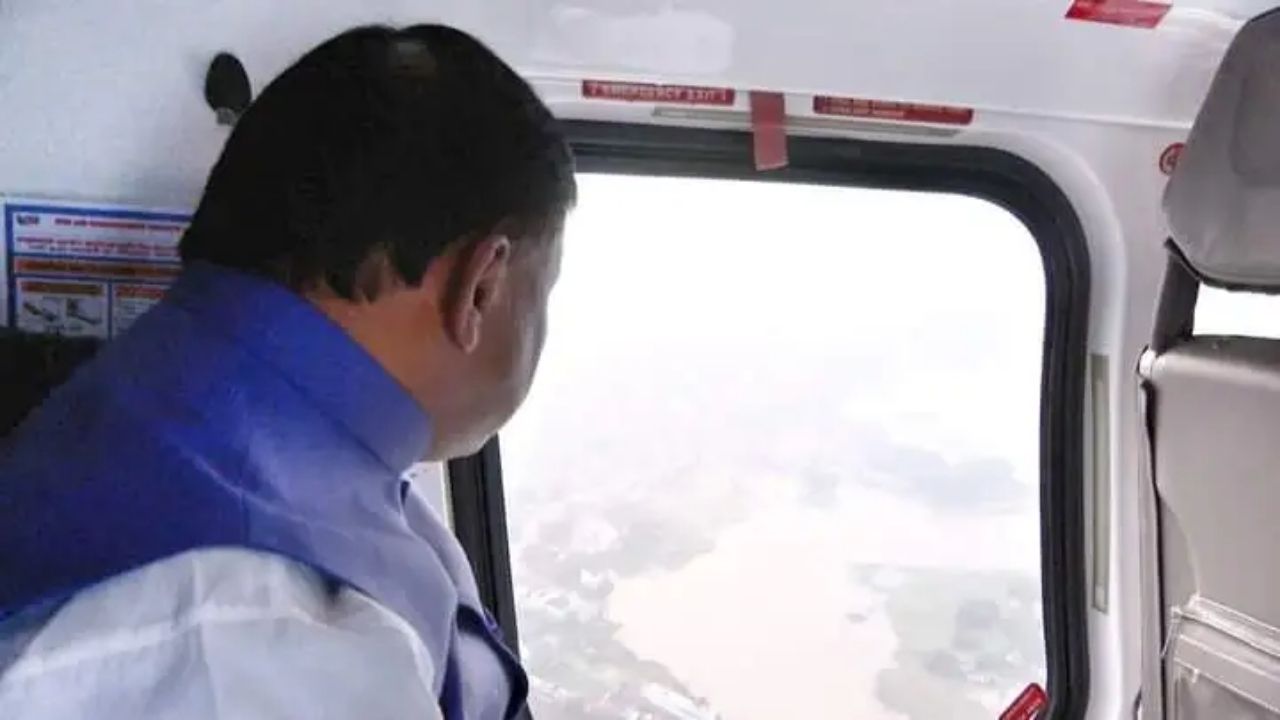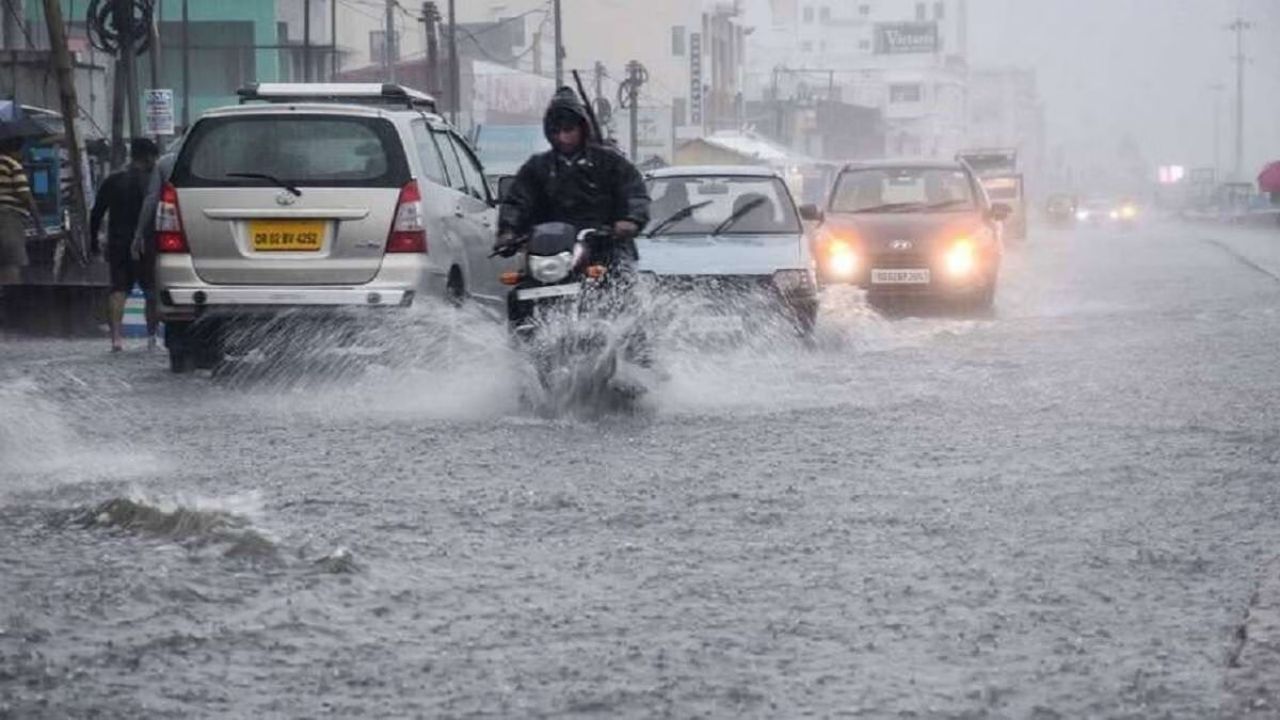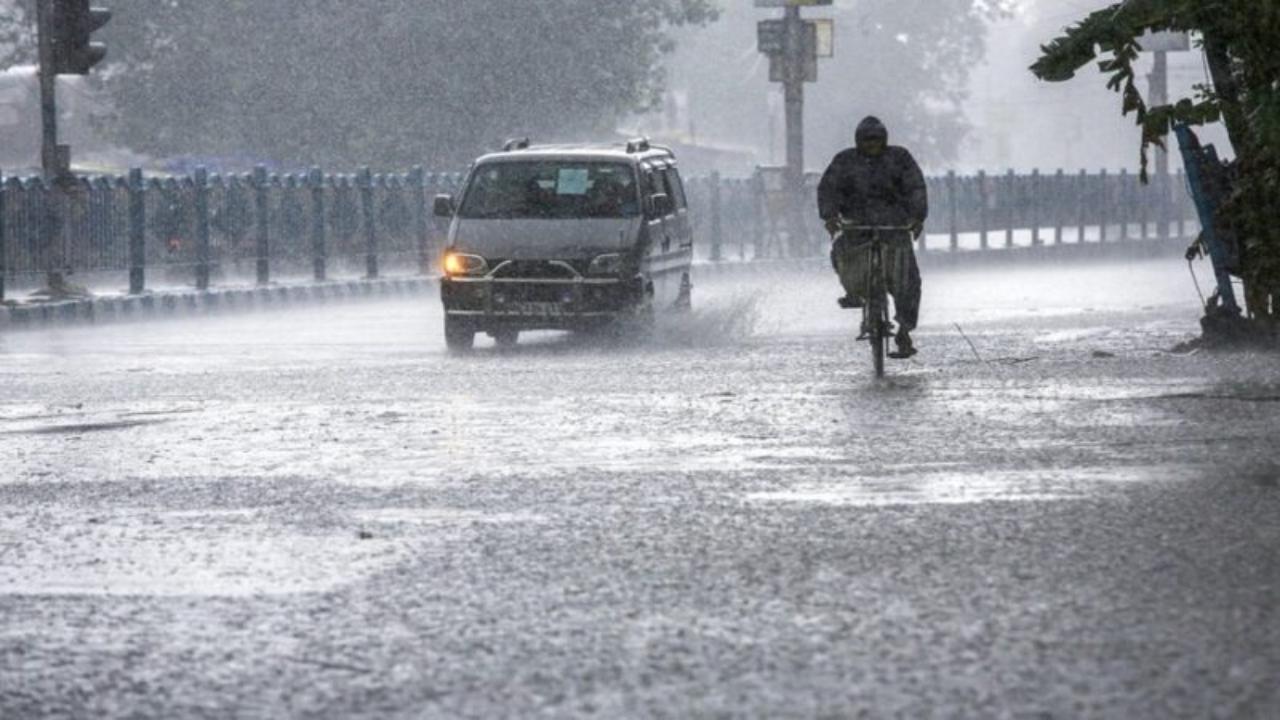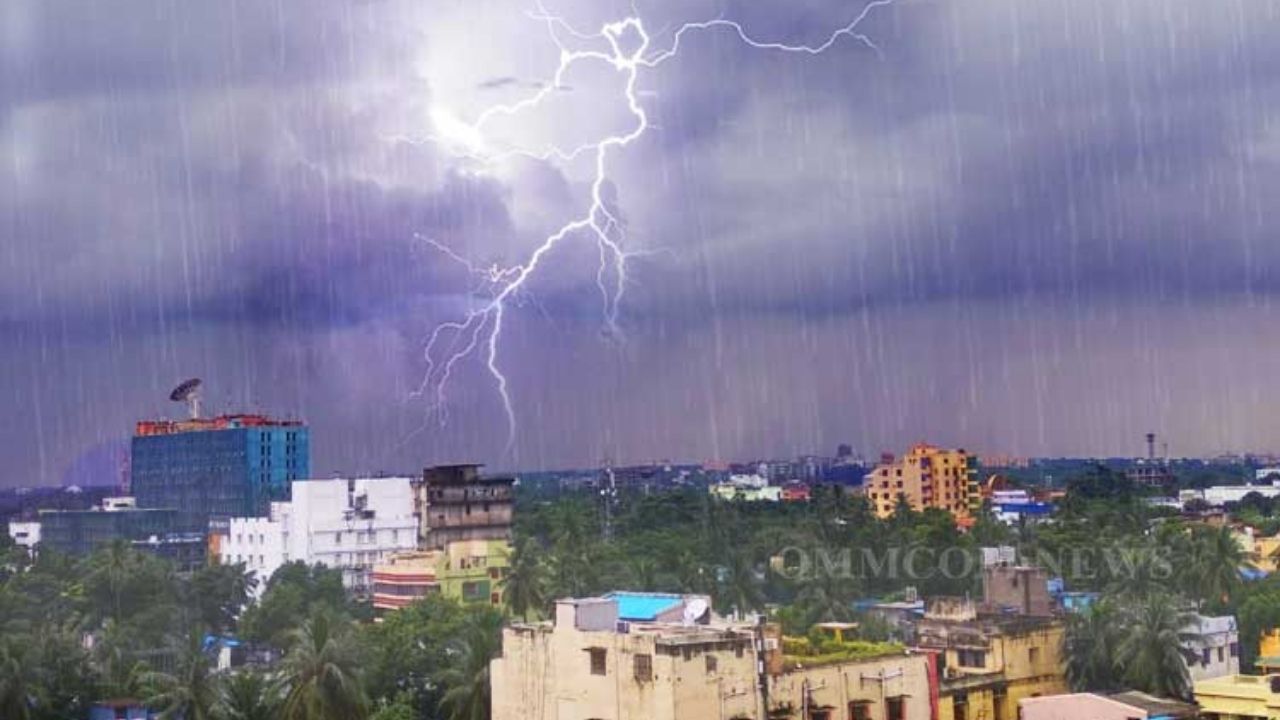When disaster strikes, especially something as devastating as flooding, it’s essential for leaders to respond swiftly and effectively. In a remarkable show of leadership and commitment, Chief Minister Mohan Charan Majhi of Odisha recently took to the skies to conduct an aerial survey of the flood-affected districts of Jajpur, Bhadrak, Balasore, and Keonjhar. This aerial survey, designed to assess the damage caused by severe floods, provided key insights into the situation on the ground and allowed the government to mobilize targeted relief efforts.
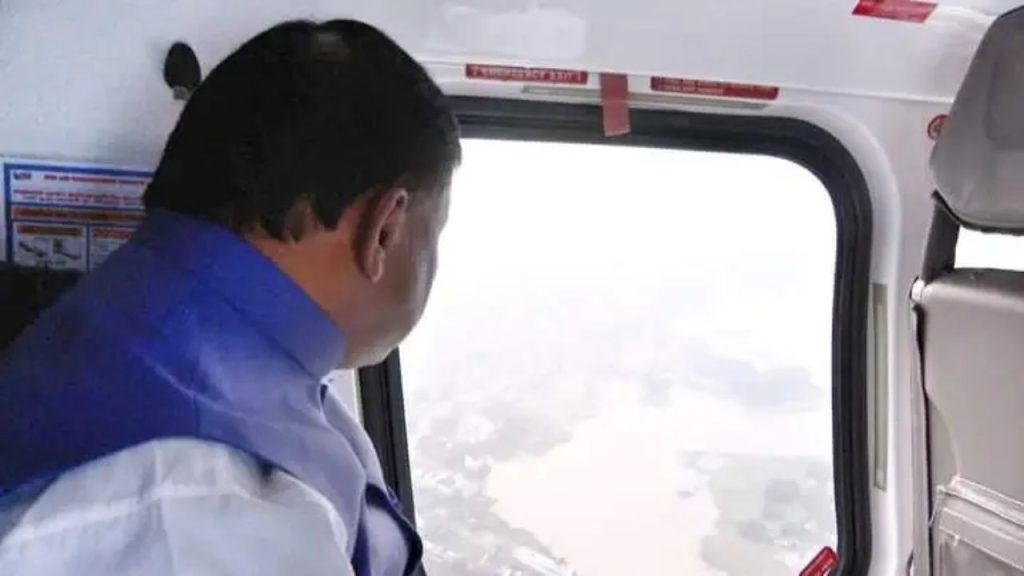
In the following article, we’ll break down the significance of CM Majhi’s aerial survey, the ongoing response to the flooding, and how such efforts can help communities recover from such devastating natural disasters. Let’s get into it.
Odisha’s Flood-Hit Districts
| Key Points | Details |
|---|---|
| Flood-affected districts | Jajpur, Bhadrak, Balasore, Keonjhar |
| Response Teams | National Disaster Response Force (NDRF), Odisha Disaster Rapid Action Force (ODRAF) |
| Current Situation | Floodwaters receding in some areas but low-lying regions still submerged |
| Aerial Survey Insights | Detailed assessment of flood damage and ongoing relief efforts |
| Government Actions | Mobilization of rescue teams, essential supplies, and support for affected communities |
| Official Link | Prameya News |
Chief Minister Mohan Charan Majhi’s aerial survey is a testament to the importance of swift leadership during a crisis. By personally assessing the damage and overseeing the relief efforts, Majhi demonstrated his commitment to the people of Odisha. With the continued efforts of NDRF, ODRAF, local authorities, and countless volunteers, the people of Odisha are receiving the help they need to rebuild their lives.
The floods have been devastating, but through collaboration, determination, and compassion, Odisha will eventually recover. If you’d like to contribute to the ongoing relief efforts, there are plenty of ways to help—from donations to volunteering, there’s something everyone can do.
Introduction to the Flooding in Odisha
In recent weeks, the state of Odisha, located on the eastern coast of India, has faced a severe flooding crisis. Heavy rainfall, combined with overflowing rivers, has submerged vast regions, causing widespread destruction in several districts. Jajpur, Bhadrak, Balasore, and Keonjhar were particularly hard-hit by the deluge, with floodwaters reaching levels that left local communities scrambling for safety.

At the time of this writing, while water levels have begun to recede in some regions, many low-lying areas remain under several feet of water, creating significant challenges for both the government and the residents. This catastrophic flooding has resulted in loss of life, displacement, and widespread property damage, making it imperative for a well-coordinated disaster response effort.
The Role of CM Majhi’s Aerial Survey
In a move that has garnered significant attention, Chief Minister Mohan Charan Majhi took to the skies in a helicopter to conduct an aerial survey of the flood-affected districts. This decision was pivotal for several reasons:
- Real-Time Information: By viewing the flood situation from the air, CM Majhi was able to gather real-time data on the severity of the floods, the areas most affected, and any specific locations requiring immediate relief.
- Efficient Decision-Making: With flooding affecting such vast areas, it would have been nearly impossible for officials to reach every affected region on foot or by road. The aerial survey allowed Majhi to make quick decisions about where resources were most needed.
- Public Confidence: A leader being physically present during a crisis, especially in a high-visibility role like an aerial survey, has the potential to reassure the public. People in distress often find comfort in seeing their leaders take action, and Majhi’s survey was a clear sign of his commitment to the people of Odisha.
- Targeted Relief Efforts: One of the major outcomes of the aerial survey was the ability to pinpoint priority areas where relief teams and resources could be dispatched without delay. This would save crucial time and ensure that help reached the most affected individuals faster.
The Flood Situation: A Deeper Look
Odisha’s annual monsoon season has seen increasingly severe rainfall over the last several years, which can cause devastating floods when drainage systems fail or rivers overflow. Floods in Odisha are not new, but this particular event has been exceptionally destructive due to the high volume of rainfall and the timing of the floods, which coincided with high tide in coastal regions.
Impact on Local Communities
The floodwaters have displaced thousands of families in Odisha’s affected districts. For many, homes and farms have been submerged, and essential infrastructure such as roads and bridges has been washed away. According to government reports, at least 100,000 people have been forced to evacuate their homes in just the four most affected districts alone. Local schools and hospitals have also been impacted, complicating an already difficult recovery process.
As floodwaters continue to recede, the long-term challenge for these communities will be rebuilding and restoring normal life. This includes everything from re-establishing safe drinking water, to providing medical care for those impacted by waterborne diseases, to reopening schools and helping farmers whose crops have been destroyed.
Odisha’s Emergency Response: What’s Being Done?
The Odisha government has been at the forefront of disaster response since the flooding began. Here’s a breakdown of the steps they have taken to address the immediate needs of affected residents:
1. Deployment of Rescue Teams
The National Disaster Response Force (NDRF), along with the Odisha Disaster Rapid Action Force (ODRAF), has been actively involved in rescue operations. These teams have been working around the clock to evacuate people from submerged areas, especially the elderly, children, and those with medical conditions who are unable to move on their own.
The NDRF and ODRAF teams have also been tasked with providing first aid, distributing food, and relocating people to safer areas such as government relief camps.
2. Distribution of Relief Supplies
In addition to rescuing people, the Odisha government has also been working hard to ensure that relief supplies such as food, drinking water, and medicines are reaching the most affected districts. Volunteers, local authorities, and government agencies have mobilized to distribute these items.
One of the significant challenges in a flood situation is ensuring that essential supplies make it through to communities that are cut off by floodwaters. This means using boats, helicopters, and other specialized equipment to navigate flooded areas.
3. Collaborating with NGOs and Other Stakeholders
The government has partnered with non-governmental organizations (NGOs) and private companies to help in the rehabilitation and relief efforts. Many NGOs provide emergency medical services, while others work on psychological support, as people impacted by disasters often need help coping with the trauma of the event.
4. Post-Flood Recovery and Long-Term Plans
While the immediate focus is on rescue and relief, the Odisha government is already looking ahead to the recovery phase. This includes rebuilding infrastructure, providing financial aid to affected families, and restoring agricultural operations. Farmers, in particular, will need financial assistance to recover from crop losses.
Additionally, the government has initiated long-term flood management plans, including improving drainage systems, river embankments, and weather forecasting systems to better prepare for future disasters.
Steps You Can Take to Help Odisha’s Flood Victims
If you’re wondering how you can help the flood victims in Odisha, here are a few steps you can take:
- Donate to Relief Funds: Many organizations, both local and international, are raising funds for flood victims. Donations can go a long way in providing relief.
- Volunteer with NGOs: If you’re based in India or abroad, consider volunteering your time or skills with NGOs that are providing on-the-ground support.
- Spread Awareness: The more people know about the situation in Odisha, the more likely it is that support will pour in from different quarters. Sharing information on social media or organizing community fundraising drives can make a difference.
Odisha’s Kharif Season Sees 15% More Rainfall Than Expected, Flood Risks Increase
Threat of Flooding Intensifies in Odisha as Jalaka, Baitarani Rivers Surpass Danger Levels
State Government Launches Ambitious River Linking Initiative to Address Floods and Droughts
FAQs
What caused the floods in Odisha?
The floods were caused by excessive rainfall, overflowing rivers, and inadequate drainage in many areas. The combination of these factors led to widespread flooding.
How can I contribute to flood relief efforts?
You can contribute by donating to trusted relief organizations, volunteering, or spreading awareness. Many NGOs are offering ways to get involved both financially and in terms of volunteer work.
What is the Odisha government doing to help?
The Odisha government has deployed rescue teams, distributed relief supplies, and is planning long-term recovery efforts to help rebuild affected communities and infrastructure.

